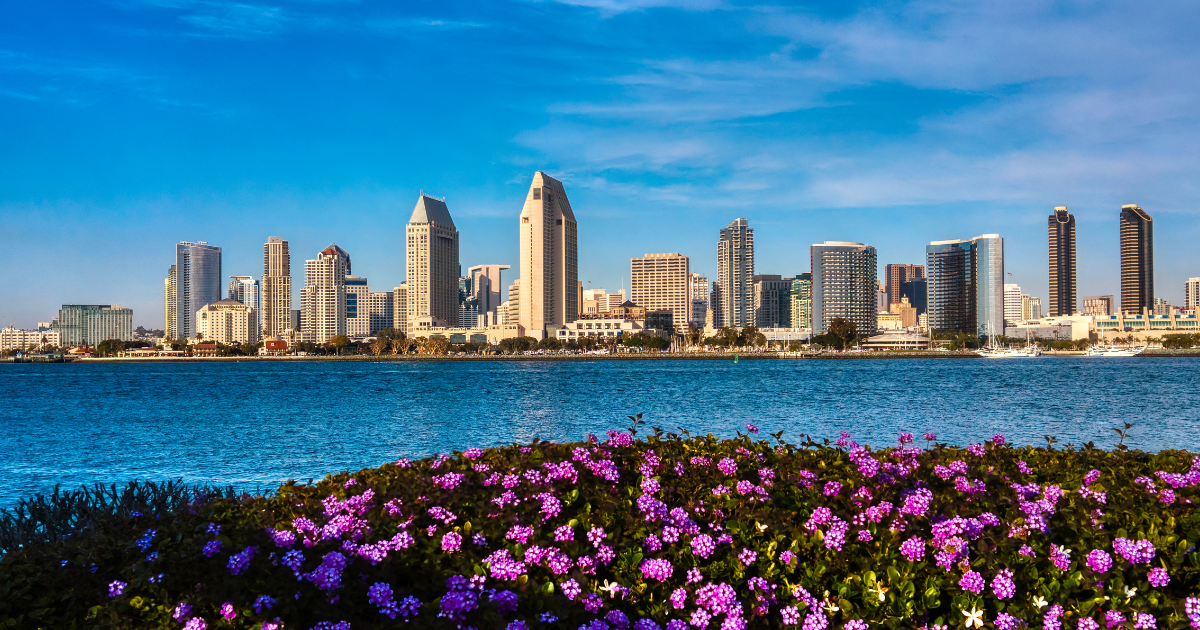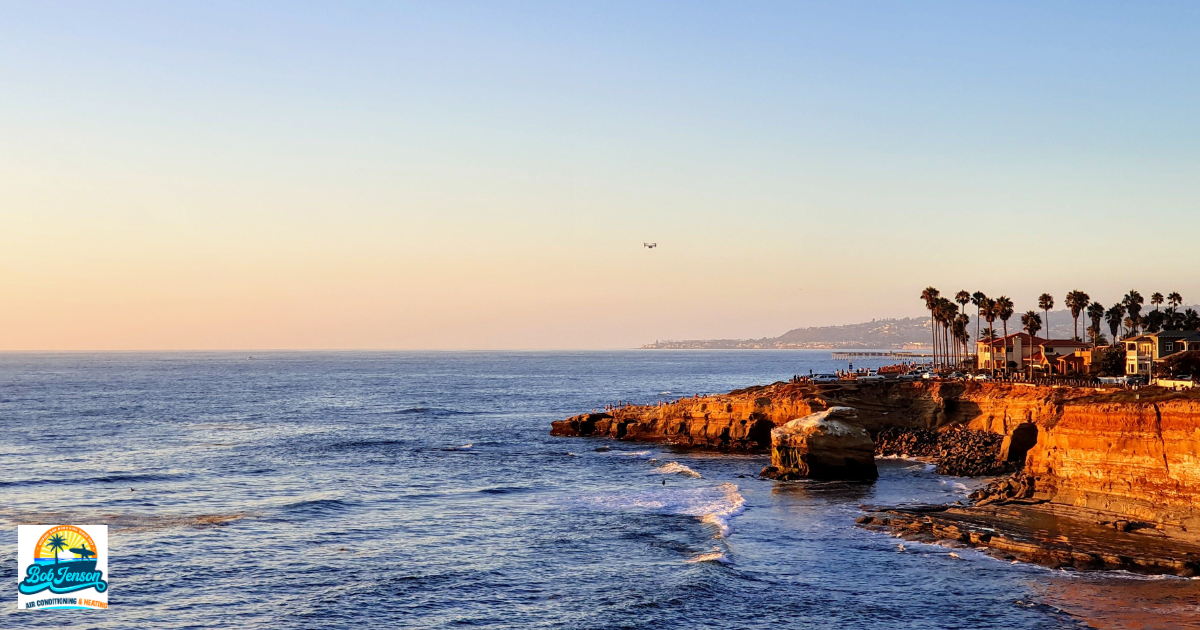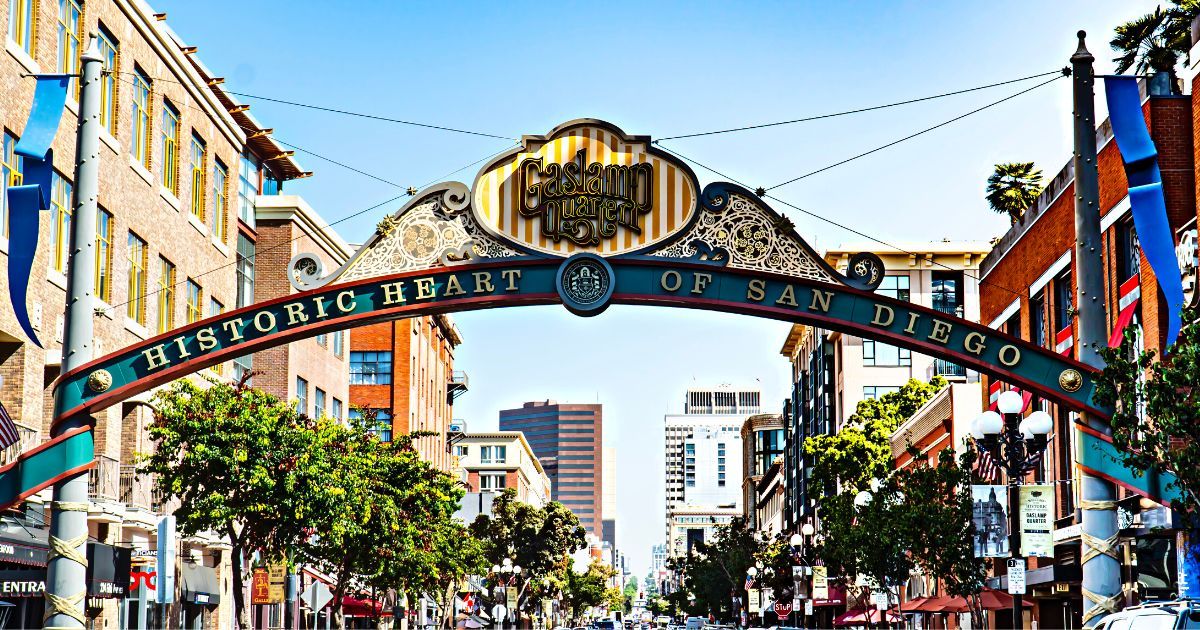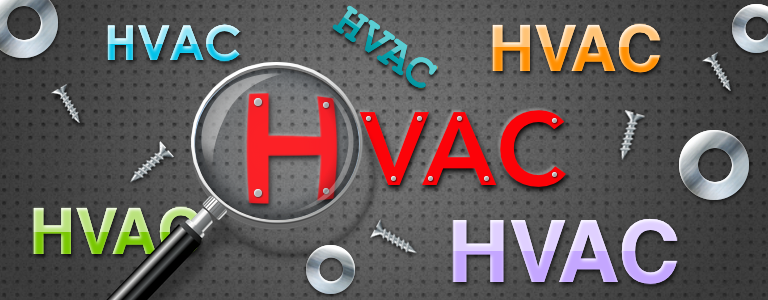Top 8 Sites for You To Check Out in San Diego, CA, This Spring
Petco Park is the place to be in San Diego, CA, this spring. Outside of serving as the home stadium for the San Diego Padres, it’ll also host its fair share of concerts throughout the springtime. Belanova Bryson Tiller and Jordan Davis are all artists who have performed at Gallagher Square at Petco Park in the past.
Petco Park is only one of the places you’ll want to visit in San Diego this spring, though. Here are eight other sites you should consider checking out in “America’s Finest City” before the start of summer, including beaches and coastal activities galore.
1. Balboa Park
Stretching out over about 1,200 acres, Balboa Park is a public park in San Diego, CA, that offers something for everyone. From playgrounds and dog parks to lush gardens and running trails to museums and, of course, the world-famous San Diego Zoo, you won’t ever run out of things to do when you explore the cultural heart of San Diego.
Whether you want to spend an afternoon relaxing in the grass or catch an evening performance at one of the park’s iconic theaters, there will always be something to do at Balboa Park this spring.
2. San Diego Zoo Safari Park
The San Diego Zoo, situated in the aforementioned Balboa Park, is a must-see site for those in San Diego, but you shouldn’t stop there.
The San Diego Zoo Safari Park, located about 35 miles from the main zoo in the San Pasqual Valley, should also be on your radar if you’re an animal lover. It’s almost twice the size of the San Diego Zoo, and it features more exotic animals than those found in the main zoo.
The San Diego Zoo and Safari Park also includes 60-minute safari tours designed to let you experience what it’s like to witness about 3,000 animals in their natural habitats.
3. La Jolla Cove
With 70 miles of coastline, San Diego is home to so many beautiful beaches. From Coronado Beach to Del Mar Beach to Imperial Beach, you can’t go wrong with any of them.
The best one of the bunch, though, might just be La Jolla Cove, which is a small beach best known for its sandstone cliffs. It has crystal-clear waters for those who wish to swim, sea caves for those who would like to hop into kayaks and explore, and tons of seals and sea lions that will surround you as you’re soaking up the sun.
4. Gaslamp Quarter
San Diego boasts some of the best nightlife in both California and the country as a whole. You’ll have the opportunity to see what this nightlife is all about during a trip to the city’s historic Gaslamp Quarter.
Parq, TORO, F6ix, Whiskey Girl, and Onyx Room are just a few of the best nightlife options in San Diego. The Gaslamp Quarter is also filled with a plethora of incredible restaurants, boutiques, and even Victorian-era buildings that help provide the city with a pulse and make it a place you’ll want to experience for yourself.
5. Torrey Pines State Natural Reserve
The Torrey Pines State Natural Reserve is a gorgeous nature reserve that stretches out over about 2,000 acres. It’s known for its scenic hiking trails and its cliffs that offer spectacular views of the sandy beaches and Pacific Ocean below.
This breathtakingly beautiful reserve also has rare native plants scattered throughout it as well as birds, reptiles, and even some mammals you won’t find anywhere else in San Diego. Consider stopping by the Visitor Center at the Torrey Pines State Reserve to learn more about what you can expect.
6. Mission Beach and Belmont Park
Although there isn’t any shortage of beaches in San Diego, CA, not all of them have boardwalks that run next to them. If you would like to take a walk on the boards while visiting a beach in the city, Mission Beach is the place to do it.
The beach itself is every bit as stunning as most other beaches found in San Diego, but the boardwalk and, more specifically, Belmont Park put it over the top. It has family-friendly attractions like the legendary Giant Dipper roller coaster along with beachfront restaurants and live entertainment.
7. Seaport Village
San Diego is a fantastic place to shop. You’ll get the chance to do it at places like Fashion Valley Mall, Horton Plaza, and the aforementioned Gaslamp Quarter. But the best option for those who love shopping is Seaport Village.
It’s located near San Diego Bay, and it offers waterfront shopping at almost 75 shops. You’ll also be able to enjoy street performances as you walk from one shop to the next, and when you need a break, there will be plenty of delicious restaurants you can stop at to savor fresh seafood and so much more.
8. USS Midway Museum
The city of San Diego and the U.S. Navy have always had a close connection. The Naval Base San Diego, which houses more than 50 U.S. Navy ships, has been in operation for over a century now.
Stopping at the USS Midway Museum will allow you to take a tour of one of the longest-serving aircraft carriers in this country’s history. You can discover more about this specific ship by touring its flight deck, hangar deck, and more while also gaining a new appreciation for the importance of the U.S. Navy in general.
Enjoy Everything San Diego, CA, Has To Offer This Spring
The eight sites listed here are just the start when it comes to experiencing everything San Diego can offer you this spring. If you need more suggestions, try visiting SeaWorld San Diego, Coronado Island, Mission Bay Park, or Little Italy.
As you make your way around town throughout the spring, you might even come into contact with some of the staff members from Bob Jenson Air Conditioning & Heating. Feel free to say hello, and contact us at 619-440-5634 for all your heating and cooling needs in San Diego, CA.










